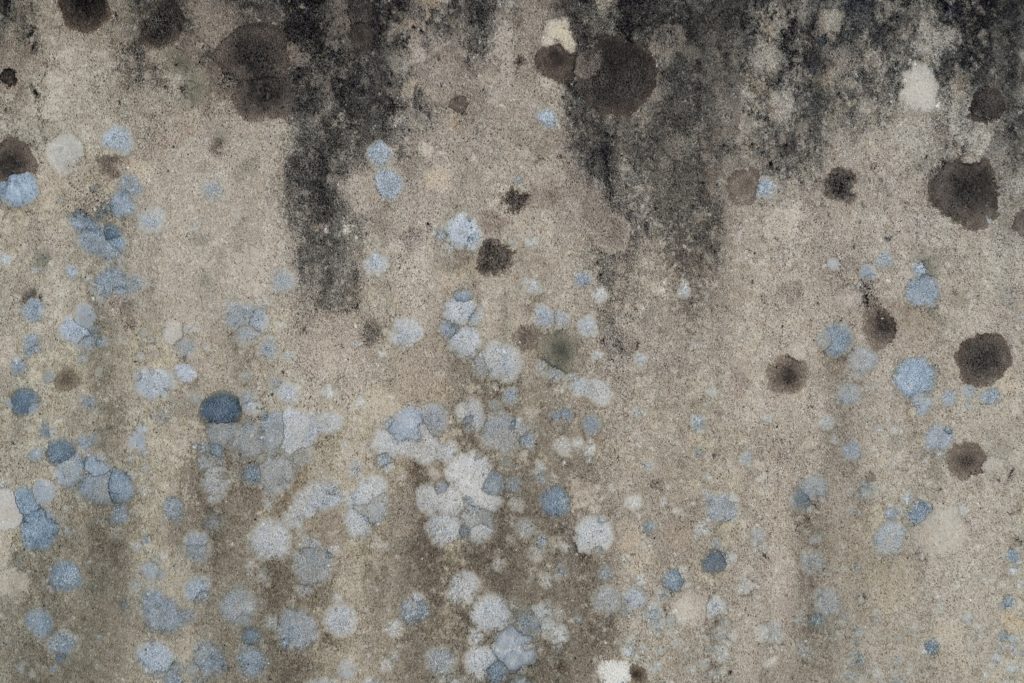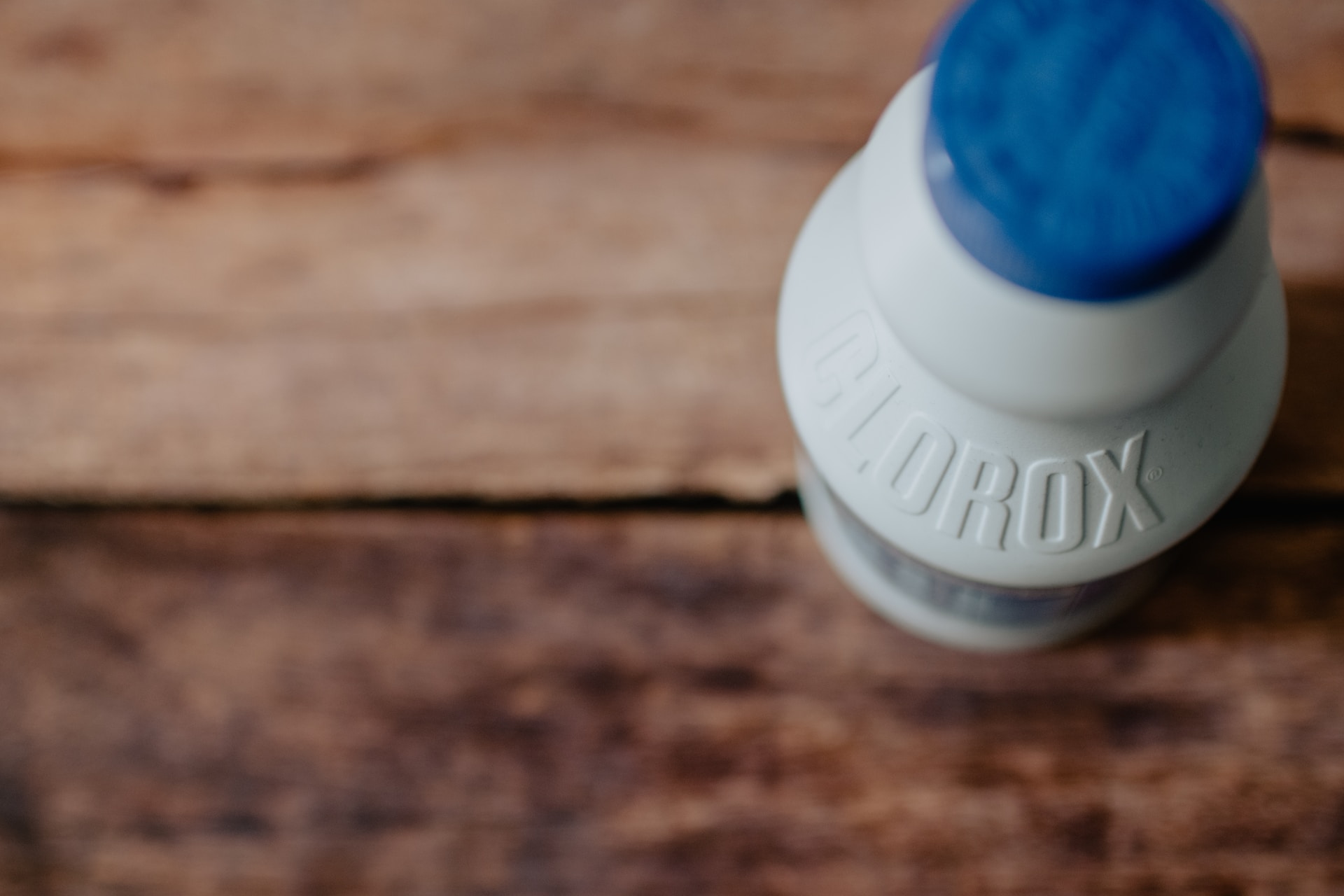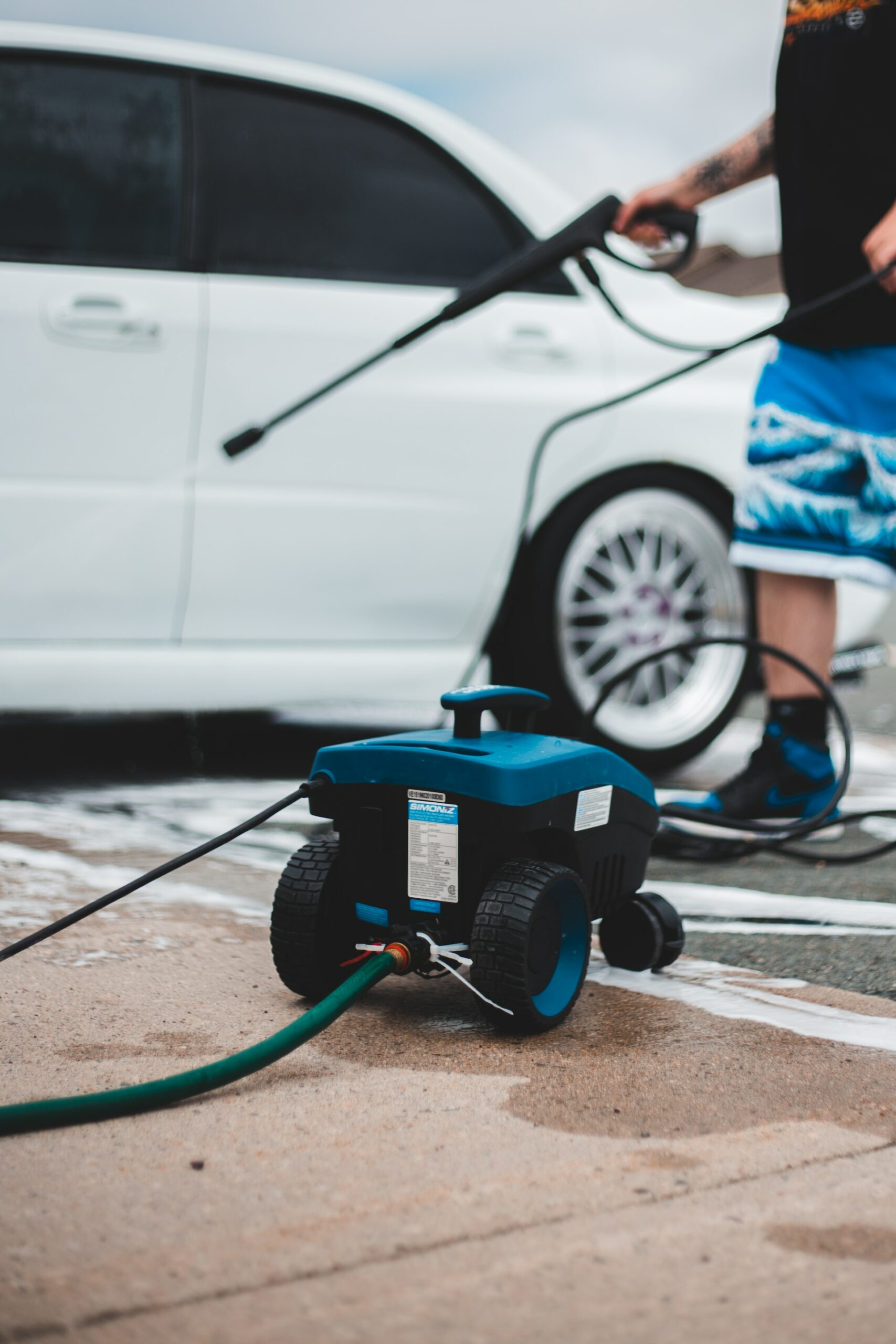Lichen can be found on all kinds of surfaces, even in the most extreme environments and elevations. While not harmful to humans, it can cause damage to your property if left unchecked. Let’s explore not only what lichen is and how it spreads, but also how you can remove it to keep your property safe.
What is Lichen?
It all starts with algae and fungus forming a symbiotic relationship with each other. Through this partnership, lichen is created so that they may continue to grow more efficiently. The fungus is the main component of lichen since it provides the foundation for the organism’s growth. The algae is there to provide nutrients to itself and the fungus through photosynthesis.
The form lichen takes all depends on the fungus and algae it originates from. Since there are so many combinations, lichen takes all kinds of shapes, sizes, and textures. It can appear like a crust forming on a boulder, or like powder on the side of a rock. It can even appear as a jelly-like substance or as a leafy structure. The list goes on and on.
When it comes to houses and other kinds of property there are three common kinds to look out for. Fruticose lichen takes the shape of a small shrubbery with a tuft of leafless branches. Of the three, it is the only three-dimensional one you should have to worry about. Foliose lichen is more two-dimensional, forming flat, leaf-like lobes across a surface. Lastly, there is crustose, which is crust-like and typically looks like a thick coat of paint.
How Can Lichen Harm Surfaces?
At first sight, lichen can appear harmless, but over time it can cause permanent damage to whatever material it clings to. Lichen holds moisture in place, speeding up decay and making a more favorable environment for itself to spread. Eventually, this can cause pitting on exterior surfaces, leading to additional leaks and expensive repairs. Beyond that, the moisture will expand during cold temperatures, causing frost damage to places like roofs and other exterior surfaces. This means roof shingles can end up bending, warping, and even separating from one another.
How to Manage and Remove Lichen
The first step to removing any kind of lichen is to remove any debris that might be helping support the growth and spread of it. While it may seem like an obvious next step to just remove the lichen with brute force like the debris, this is not an efficient tactic. Not only will it be time-consuming if you are dealing with a large area like a roof, but the lichen will simply come back if not taken care of at its source. Brute force with abrasive tools can also damage any surface that has already been weakened by the lichen.
A simple way of removing the lichen patches involves vinegar and a brush. Once the debris has been cleared away, you will want to remove the lichen with a stiff brush. Then, take a bucket of white vinegar, which should be no more than 5% in acetic acid strength, and add an ounce (30mL) of dish soap. Once the solution is all mixed together, pour it into a spray bottle and spray the surface you wish to clean. After you apply the solution, it usually takes several days to kill the lichen. When you have waited long enough for it to work, repeat the process until all lichen is removed. All that is left is to give the surface a rinse with something like a garden hose to make sure the surface is clean.
Cleansing Your Property of Lichen
While many consider lichen to simply be a cosmetic issue, over time it can come to harm any surface it clings to for too long. With the right steps and equipment, removing lichen is a simple matter that can be taken care of in less than a week. If the lichen returns or you are having trouble getting rid of it in the first place, call your local professionals to help manage the problem.
Photo by Andrew Small on Unsplash


